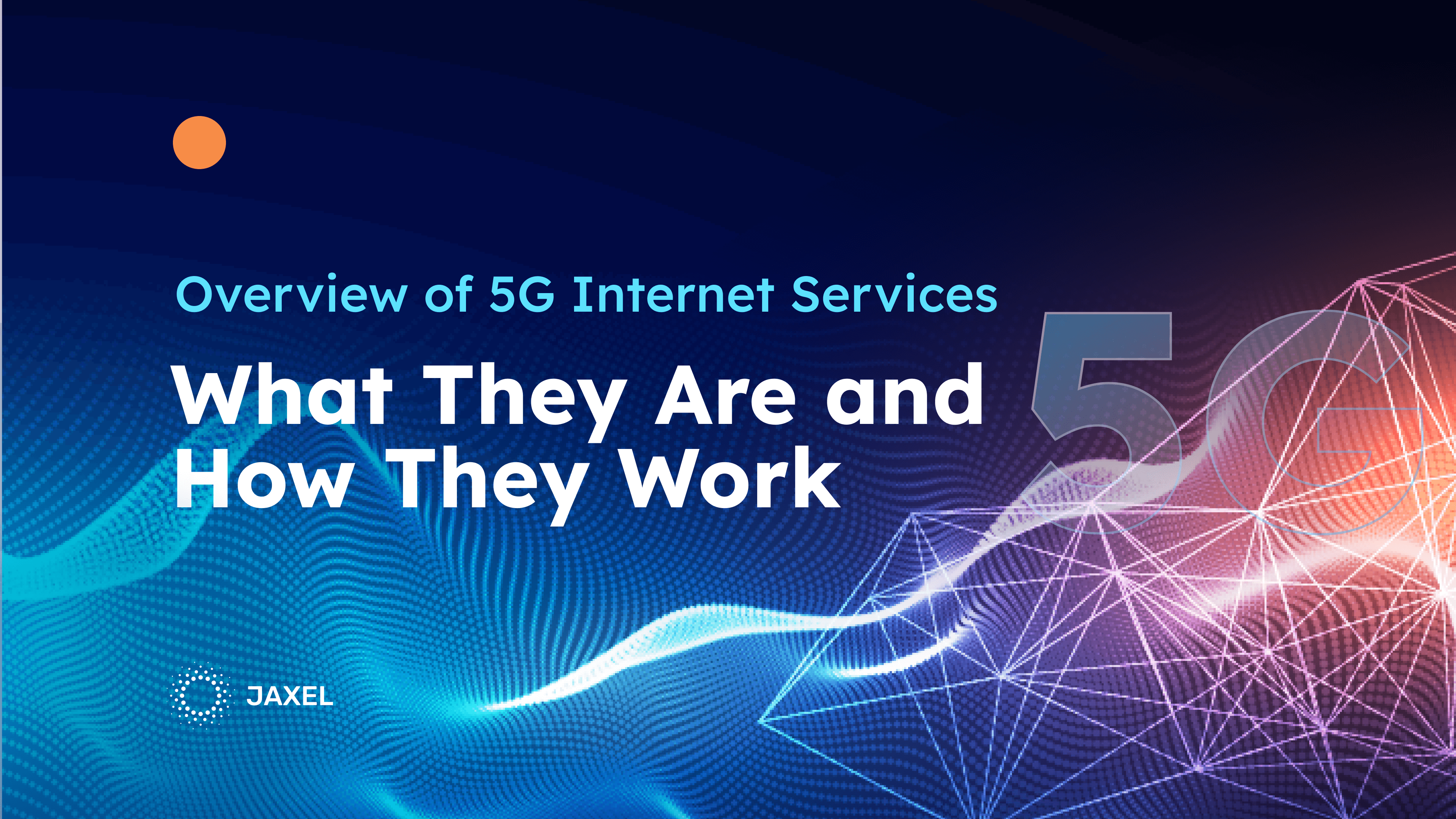5G stands for “fifth generation” and refers to the latest standard of mobile networks. It’s a new mobile internet technology that offers faster speeds and great capacity. With 5G, you can transfer data at speeds of up to 20 gigabits per second. Thus, it is over 100 times faster than the current 4G networks. 5G also has the potential to enable new technologies and applications. You can use it for self-driving cars, remote surgery, and smart cities.
Let’s explore how 5G internet services are changing the industry’s future in detail.
How do 5G Internet Services work?
5G networks are composed of small cells that are deployed on streetlights, buildings, and other infrastructure. These cells communicate with each other using a high-speed, fiber-optic backbone. Also, the cells come with a 5G internet connection through a wired connection, fiber optic, or cable. When a user sends a request for data, it is transmitted over the wireless network to the nearest cell. The cell then sends the request over the wired connection to the internet.
Key Features:
5G works by using a combination of new technologies and techniques. Moreover, it allows for faster data transfer rates and lower latency than previous generations. Some of the 5G features include:
Higher Frequencies:
5G uses higher frequency bands than previous generations of wireless technology. This permit faster data transfer rates and greater bandwidth.
Small Cells:
5G mobile and wireless communication technology use small cells to improve coverage and capacity in populated areas. These cells are small, low-power base stations that can be helpful in areas with less technology.
Massive MIMO:
5G networks use massive MIMO (multiple-input, multiple-output) technology. Moreover, it increases network capacity and improves data transfer rates. This technology uses a large number of antennas to send and receive data.
Beamforming:
5G internet services use beamforming technology to direct the wireless signal toward specific devices. This allows for more efficient use of the wireless spectrum and improved signal strength.
Types of 5G Internet Services:
There are two types of 5G internet services:
Fixed Wireless Access (FWA):
This is a service where 5G is in use as a replacement for traditional wired broadband services. In FWA, a 5G router provides high-speed internet access to homes and businesses. This type of service can provide ultra-fast internet speeds, and increased reliability.
Mobile 5G:
5G mobile and wireless communication technology provide high-speed internet access to mobile devices. Moreover, it offers faster download and upload speeds, and better coverage. It can also support new technologies that need high-speed, low-latency connections.
Besides these two types, there are plans to use 5G for other applications. These applications include industrial IoT (Internet of Things), smart cities, and autonomous vehicles. Thus, these applications will need specialized networks designed.
How Fast 5G is?
5G, is faster than its predecessor, 4G. The greatest theoretical download speed of 5G is up to 20 gigabits per second (Gbps). Thus, is 20 times faster than the greatest speed of 4G (1 Gbps). But, the actual speed that users experience will depend on several factors. It depends on network congestion, signal strength, and the device. 5G benefits also offer lower latency which can result in faster response times. Also, it offers better performance for applications that need real-time interaction.
Benefits and Limitations:
Benefits:
There are many 5G benefits including:
Enhanced Network Slicing:
5G networks offer network slicing which allows service providers to create many networks. You can tailor these platforms to specific use cases. Thus, it means that different types of applications can be prioritized.
Innovation:
5G internet services are innovative and unique in the new technology world. You can enable new applications and services such as remote surgery, and smart cities with this approach.
Improved Connectivity:
Another benefit of 5G internet services is improved connectivity. 5G networks can support up to 1 million devices per square kilometer, compared to 4G LTE’s maximum of 100,000 devices per square kilometer.
Challenges:
There are several challenges facing 5G technology, including:
Infrastructure:
Building out the infrastructure for 5G networks is a significant challenge. 5G requires a denser network of small cells and antennas compared to previous generations of wireless technology. This means more equipment, more power consumption, and more regulations to navigate.
Spectrum:
5G networks require access to a larger amount of spectrum than previous generations. However, the 5G spectrum is already being used for other purposes, such as military, satellite, and broadcast communications. As a result, there is a need to free up more spectrum for 5G use.
Security:
With the increased use of connected devices and the Internet of Things (IoT), security becomes an even greater concern. 5G features must be designed with robust security features to protect against cyberattacks and other threats.
Cost:
Deploying 5G networks requires significant investment, and the cost of upgrading infrastructure and purchasing new equipment can be prohibitive for many providers. This could lead to slower adoption of 5G technology in some areas.
Health Concerns:
Some people have raised concerns about the potential health effects of exposure to the electromagnetic radiation emitted by t mobile 5G internet speed. Thus, while there is no conclusive evidence to support these concerns, it is still an issue that needs to be addressed and monitored.
Expected Uses of 5G Internet Services for Future Technology:
There are many expected uses of 5G internet services for future technology, some of which are:
Enhanced Mobile Broadband:
5G internet services are expected to provide faster and more reliable mobile broadband connectivity. Also, it will enable users to stream high-quality videos and download large files.
Internet of Things (IoT):
5G networks will provide the infrastructure required to support the growing number of IoT devices. It will enable everything from smart cities to autonomous vehicles to communicate with each other.
Smart Homes and Cities:
5G networks will enable the development of smart homes and cities. The appliances and devices will be in connection to the internet. This will enable more efficient energy consumption, waste management, and traffic control.
Augmented and Virtual Reality:
T mobile 5G internet speed will provide the high-speed connectivity required for immersive technologies such as augmented and virtual reality (AR/VR). This will enable users to experience immersive gaming and training applications, as well as other interactive experiences.
Edge Computing:
5G networks will enable the development of edge computing, which will bring data processing closer to the source, reducing latency and increasing speed. This will enable real-time processing of data from IoT devices and other applications.
Conclusion:
Overall, 5G internet services have the potential to transform our world, but we must also be vigilant in addressing the challenges that come with it. Also, as the technology continues to evolve, it will be important to monitor its impact and work to ensure that it is used in a way that is safe, secure, and beneficial to everyone. Connect to team Jaxel if you need services of web development and new technological solutions.
Learn More:









